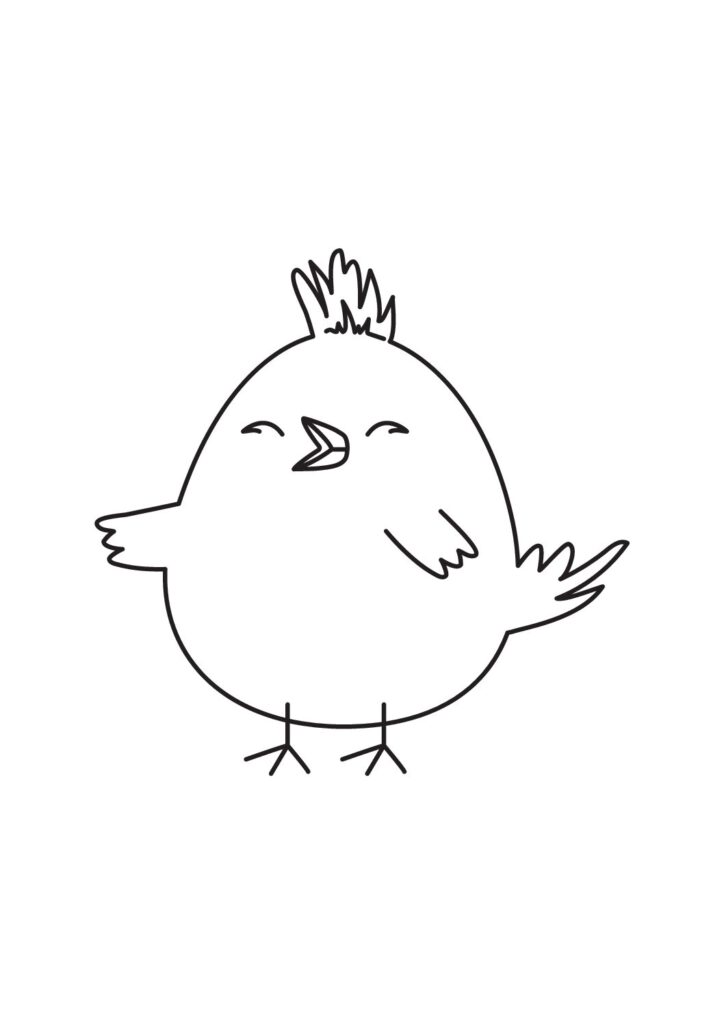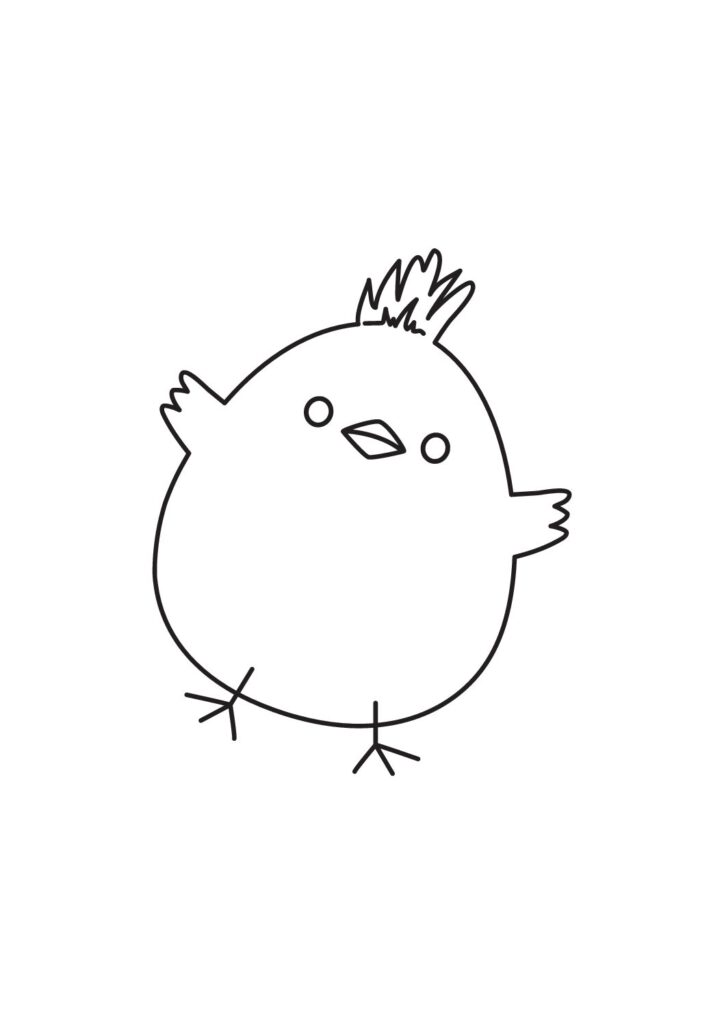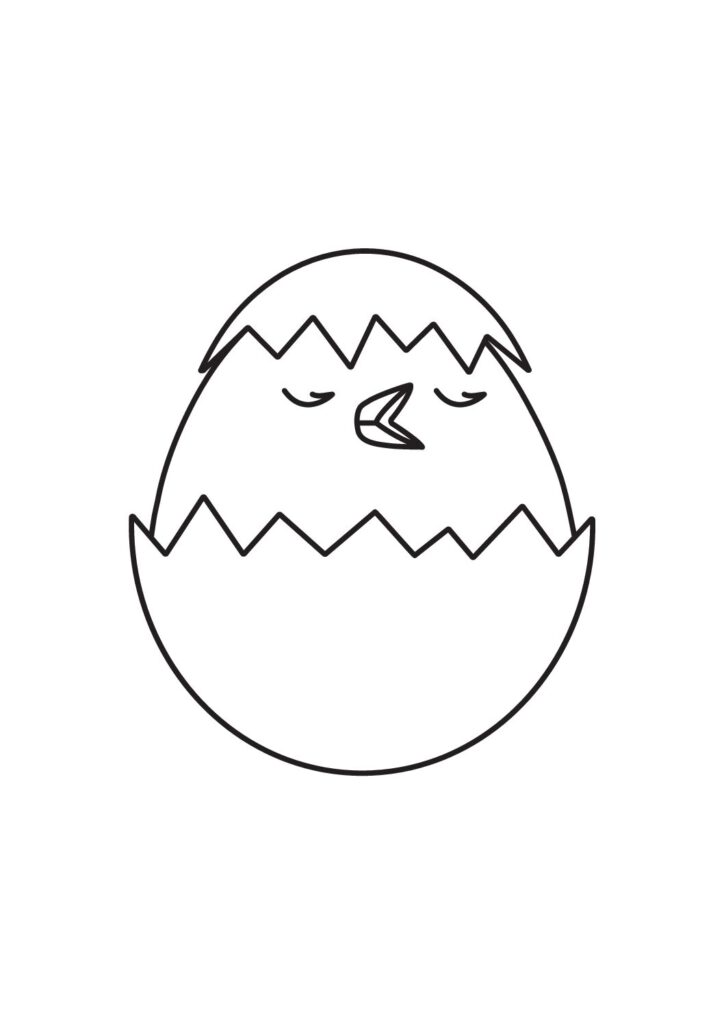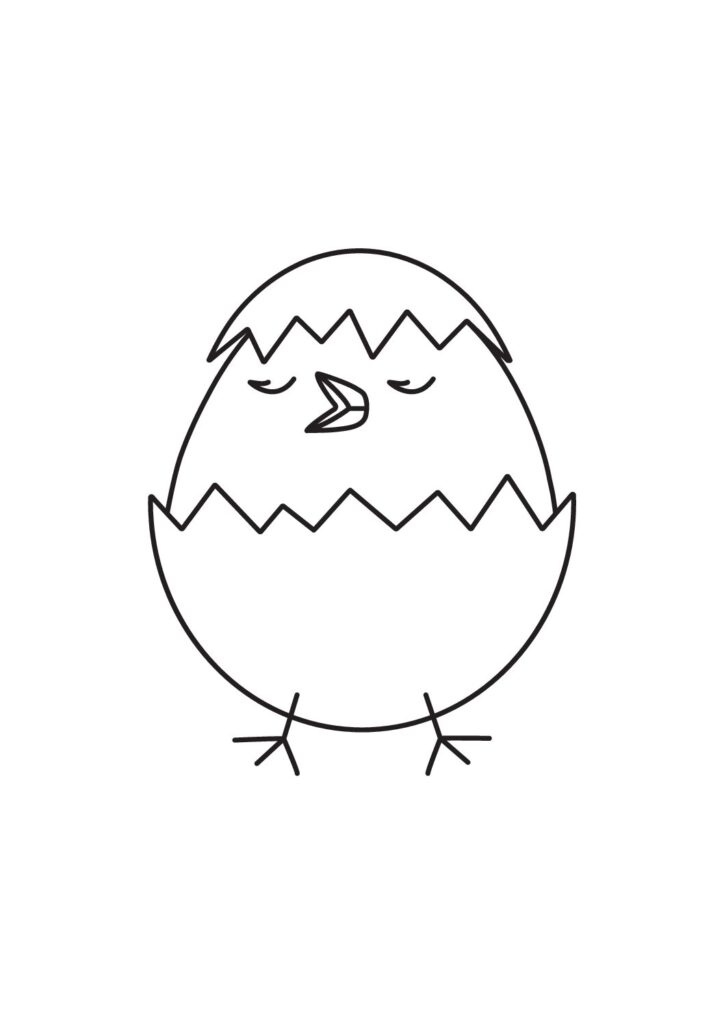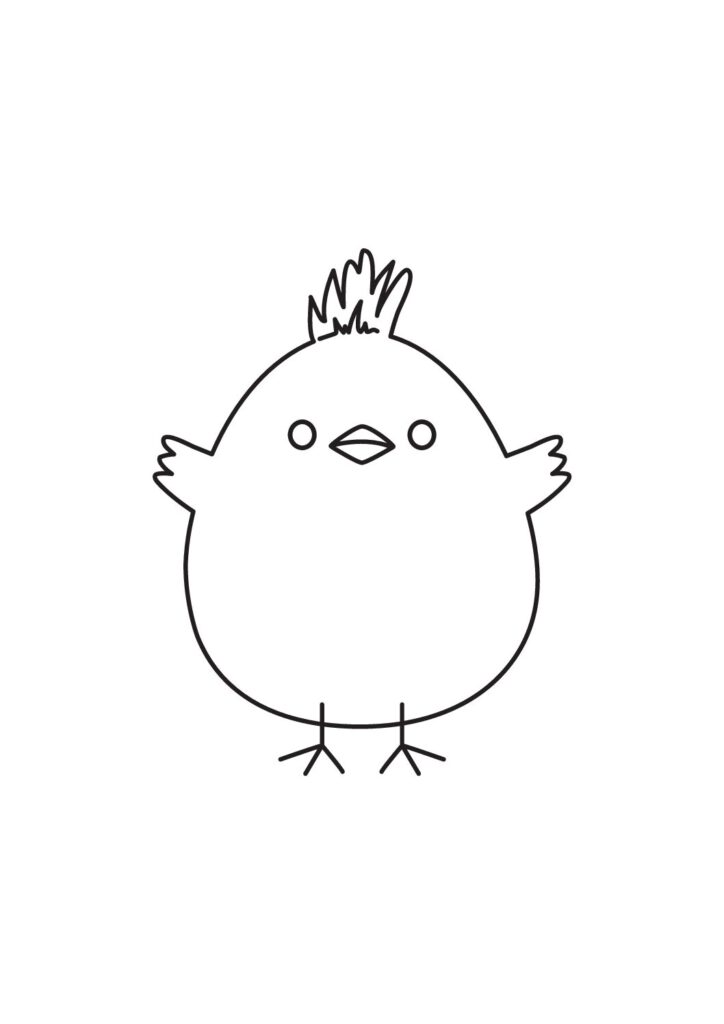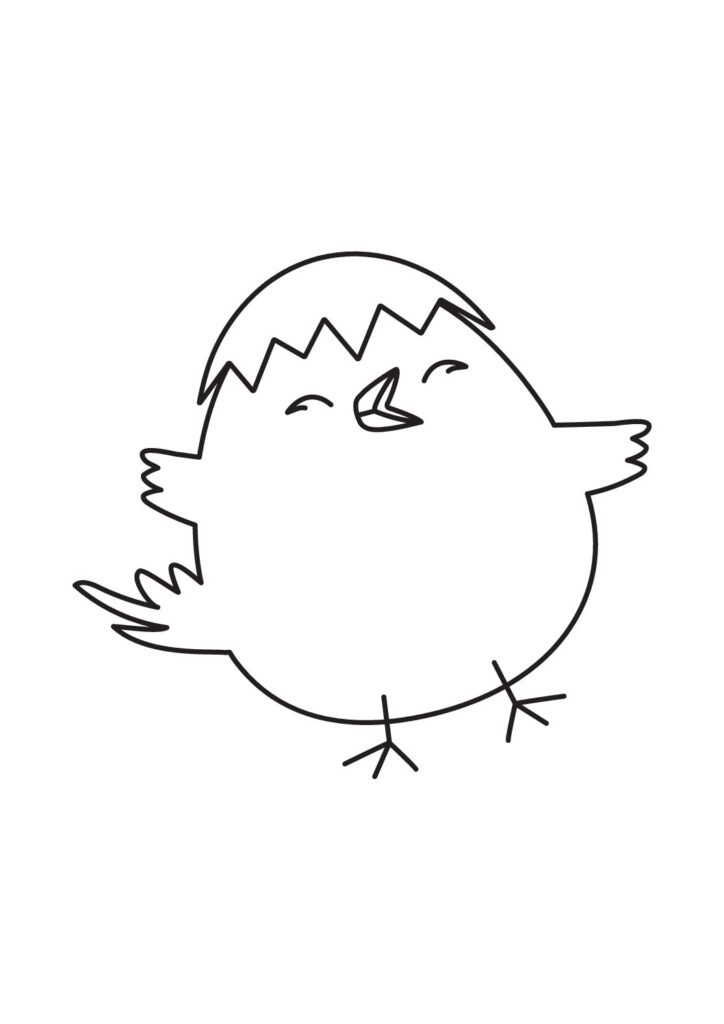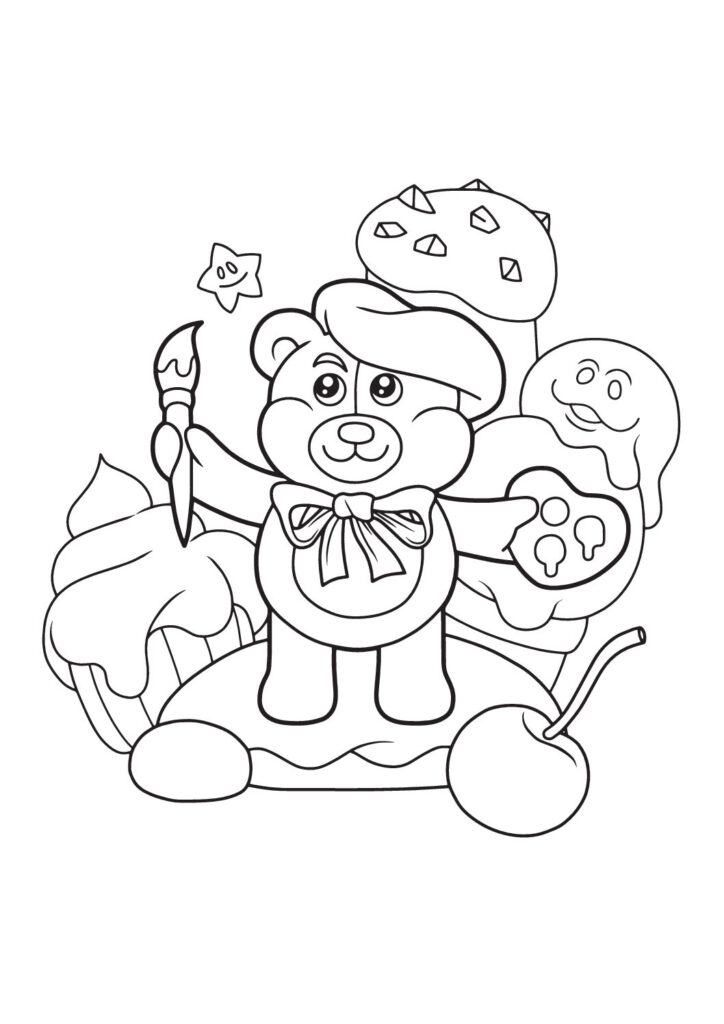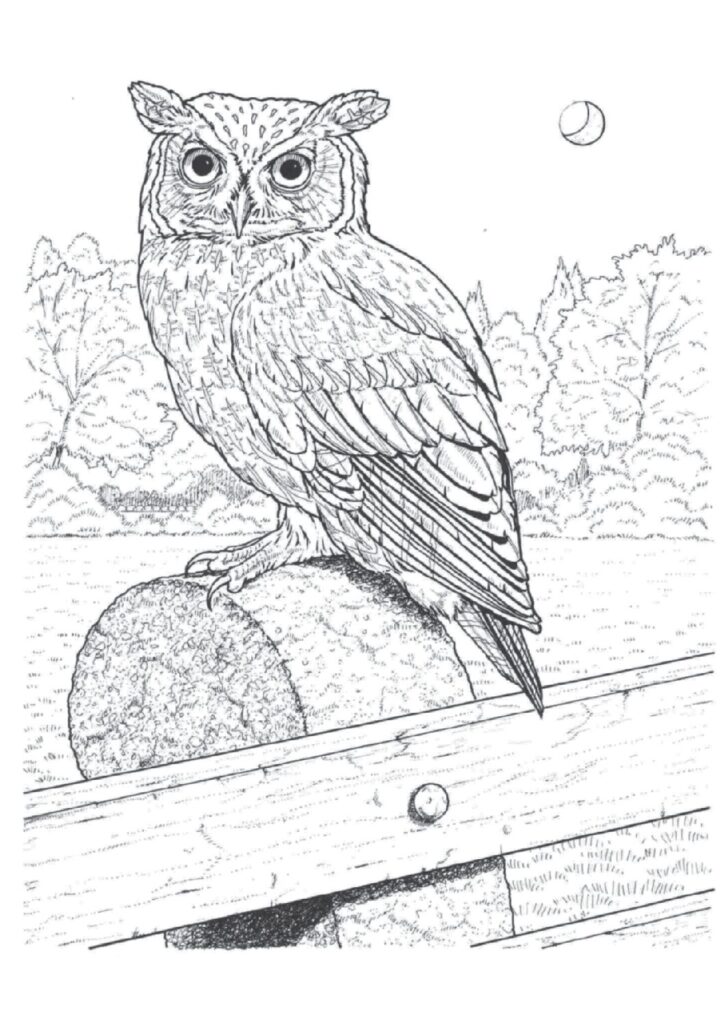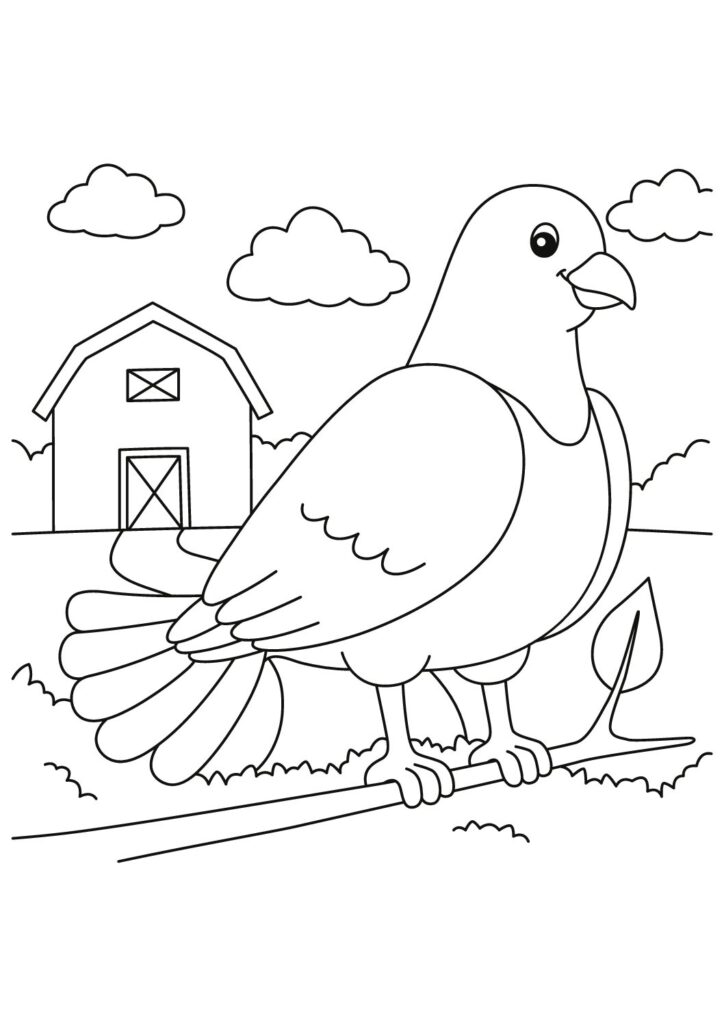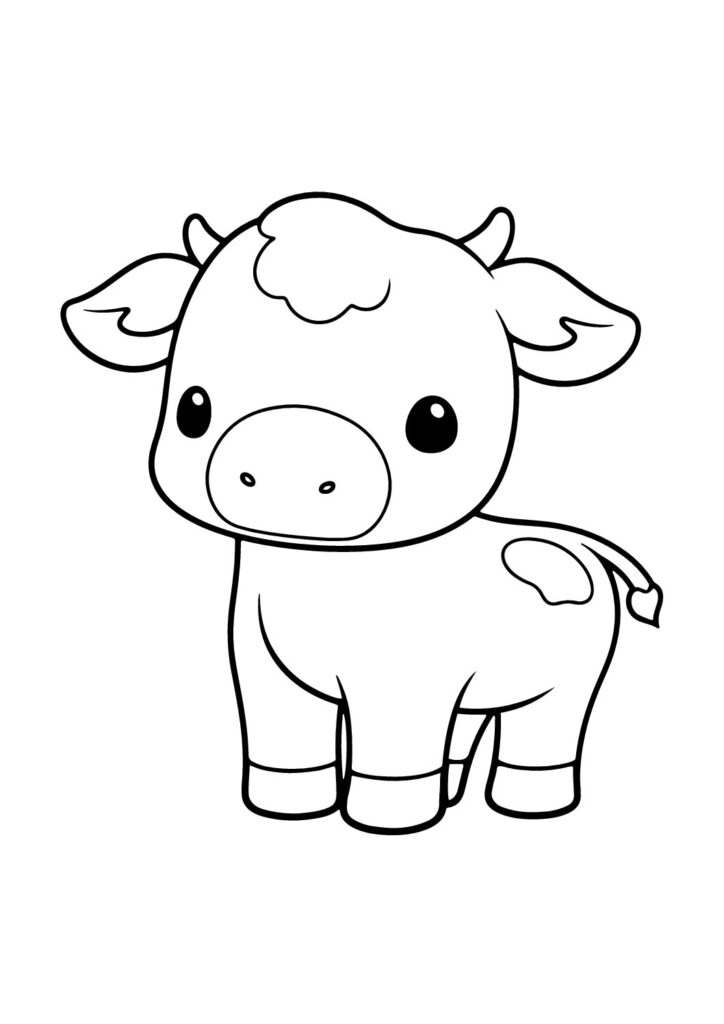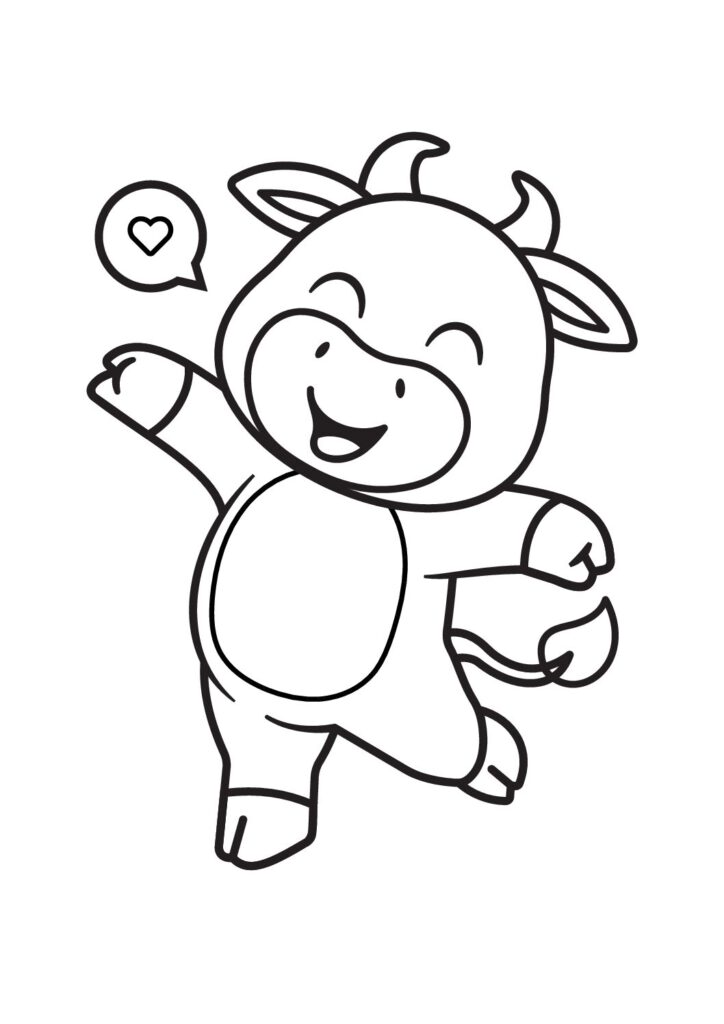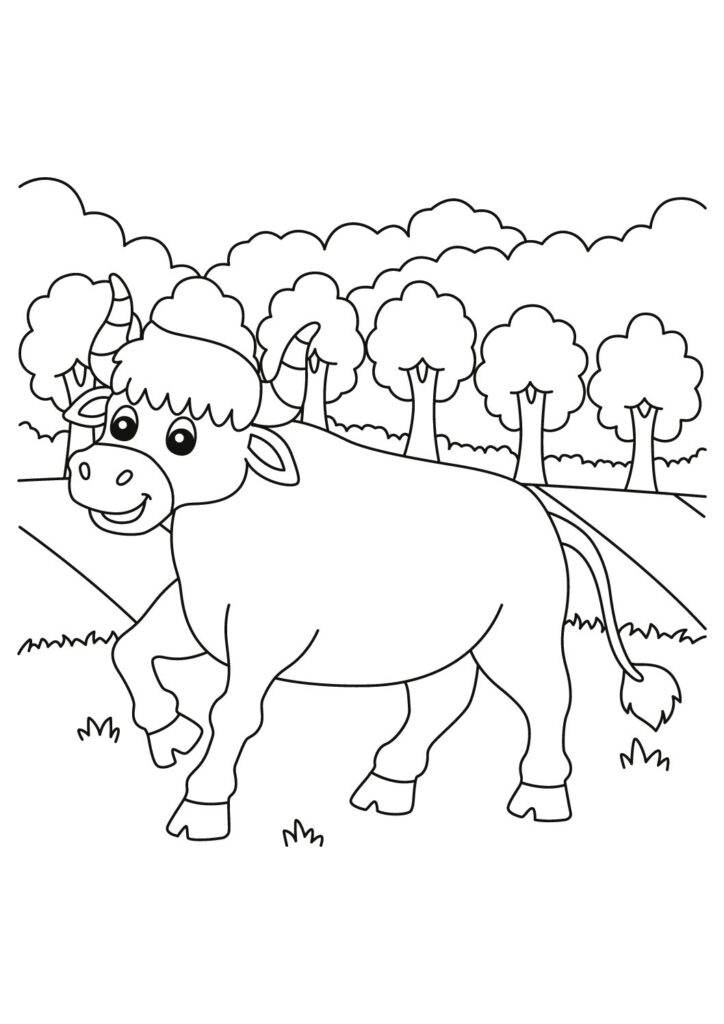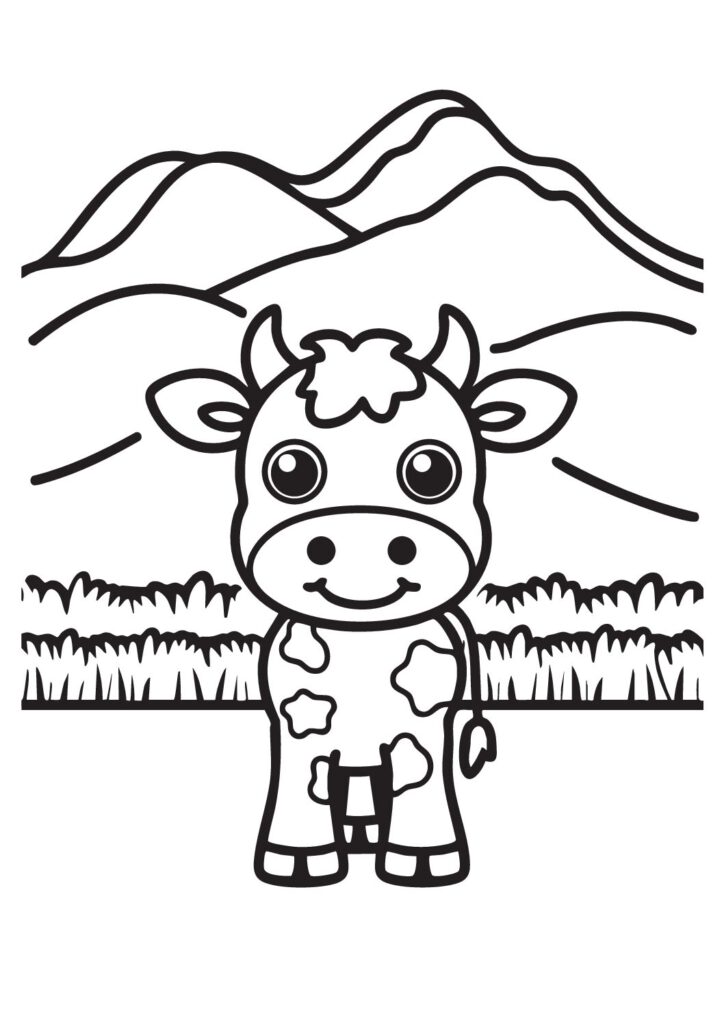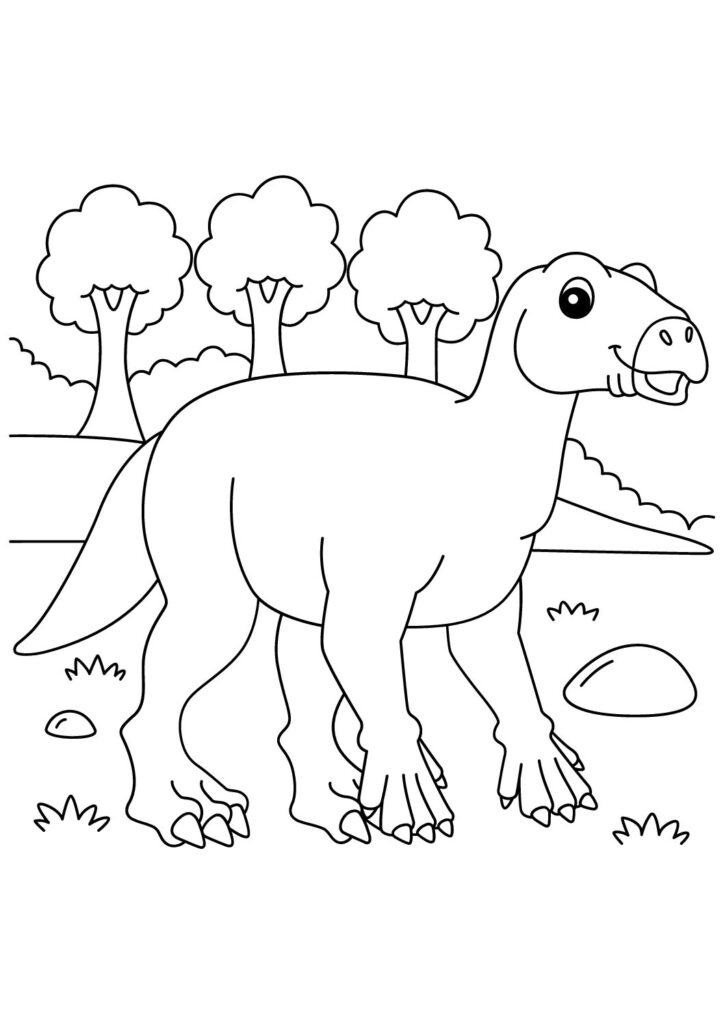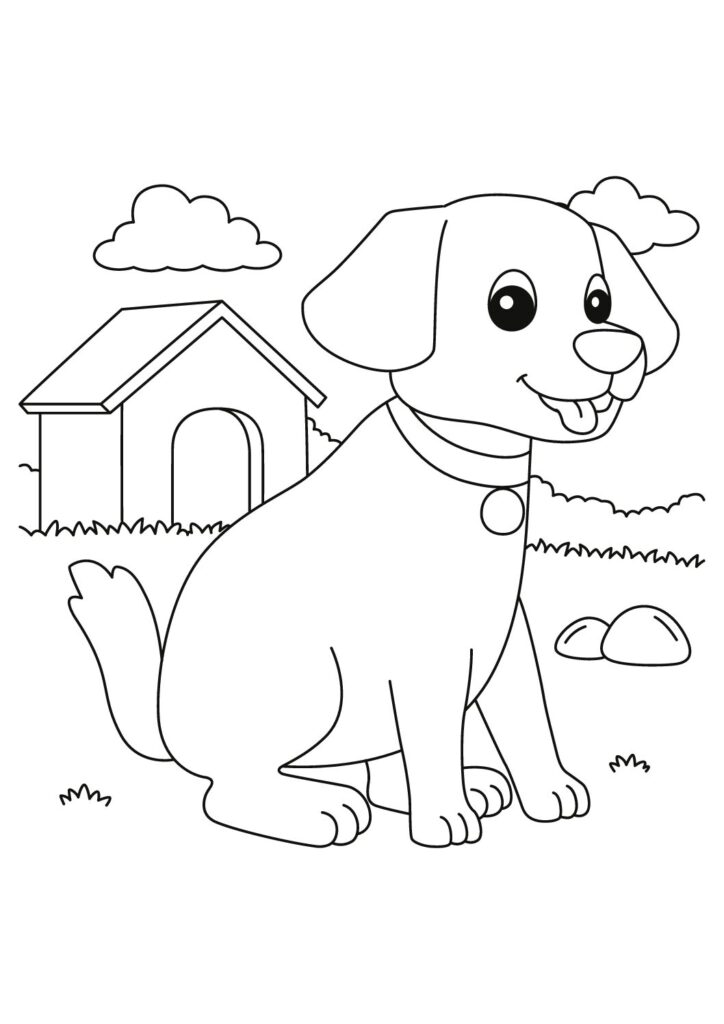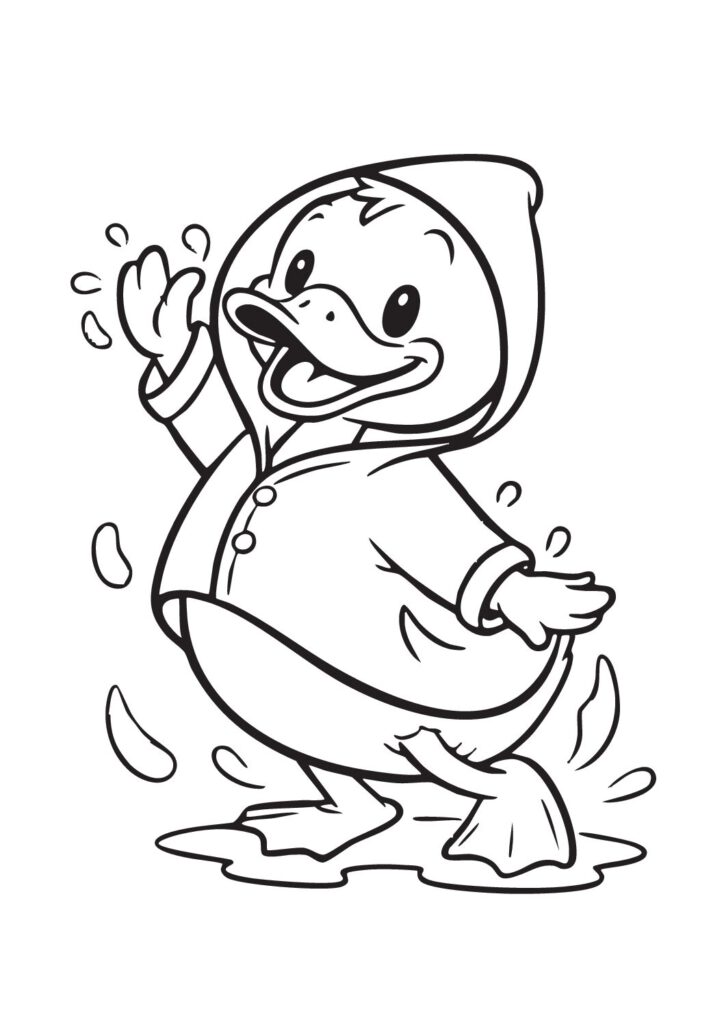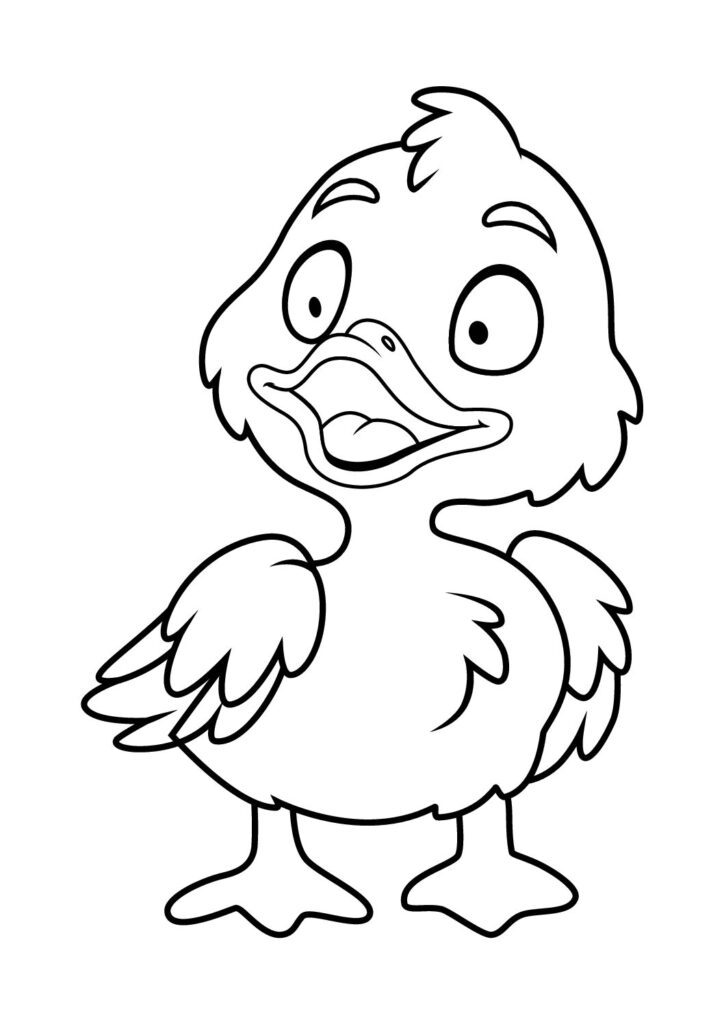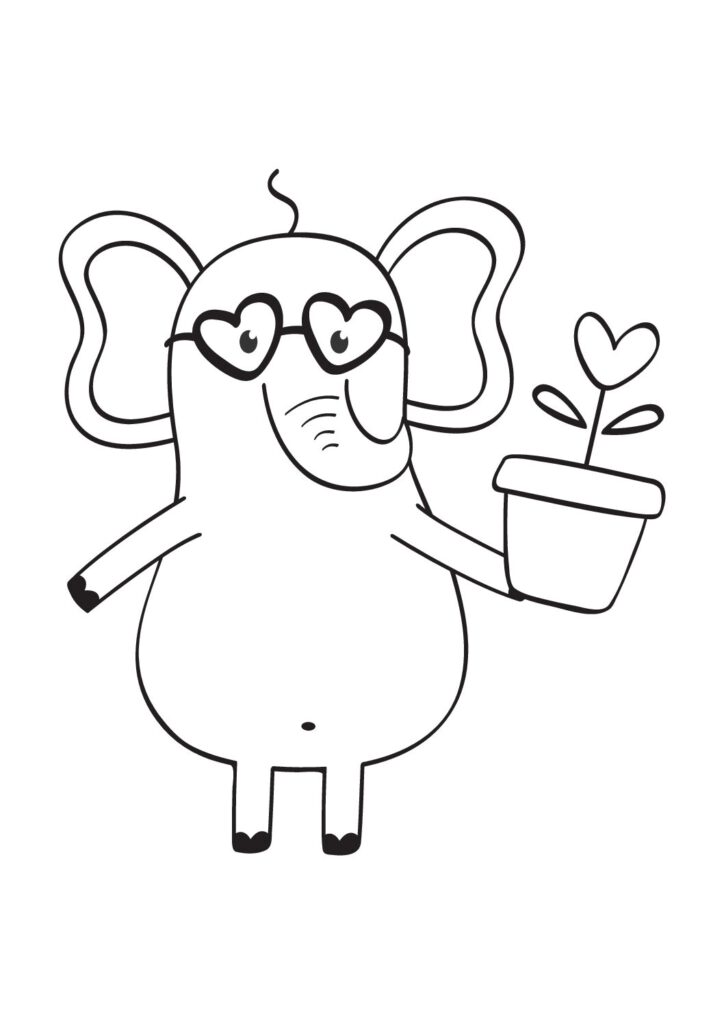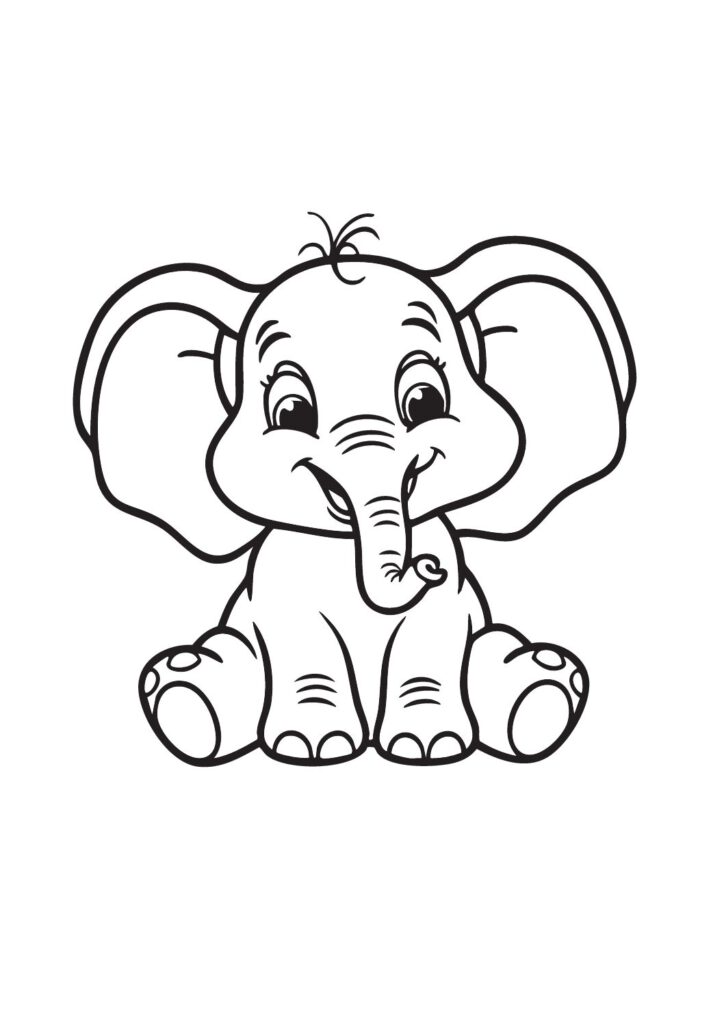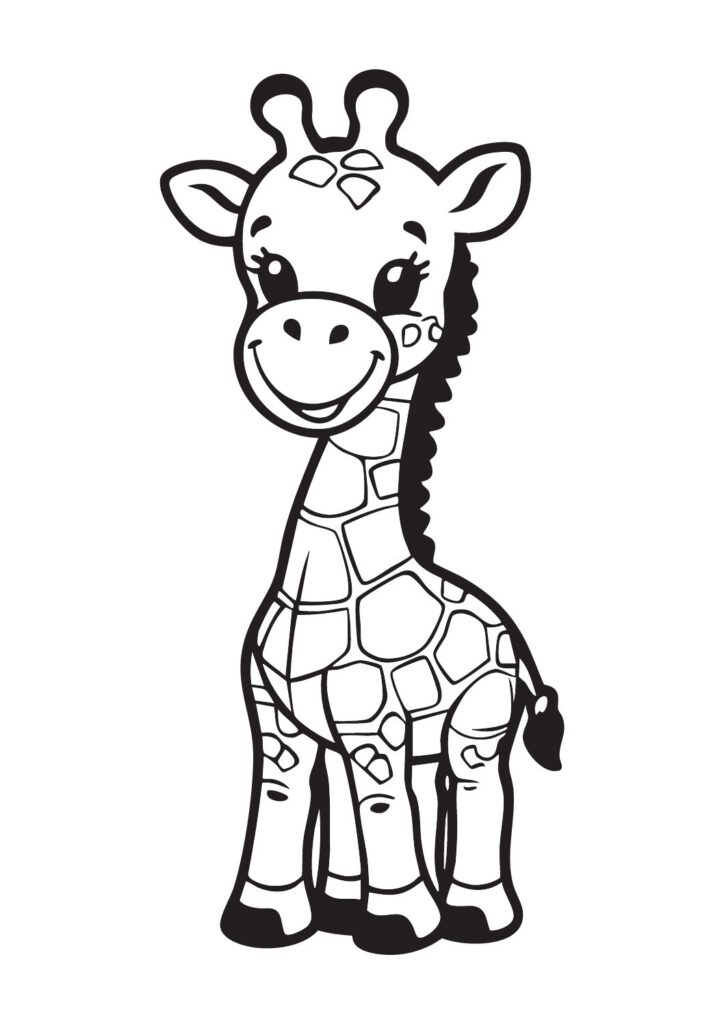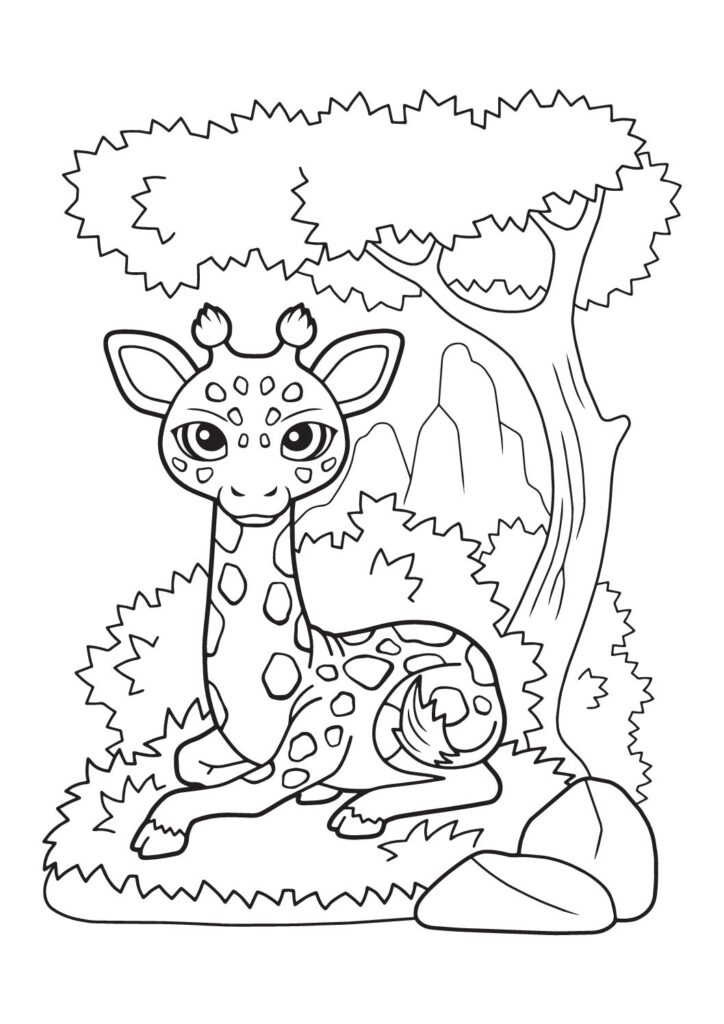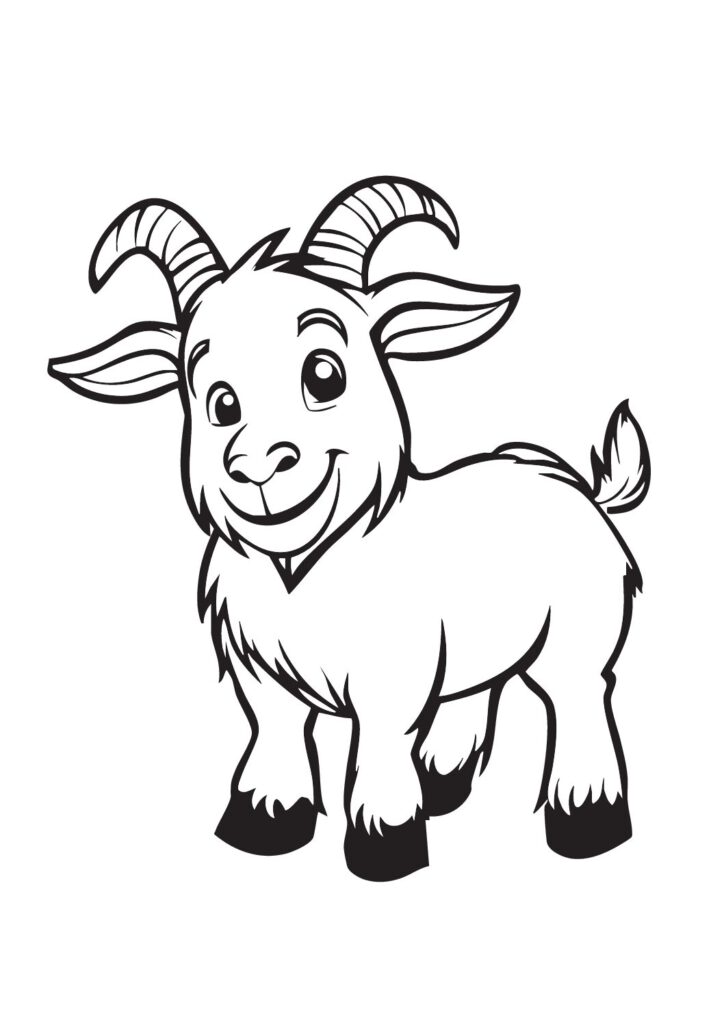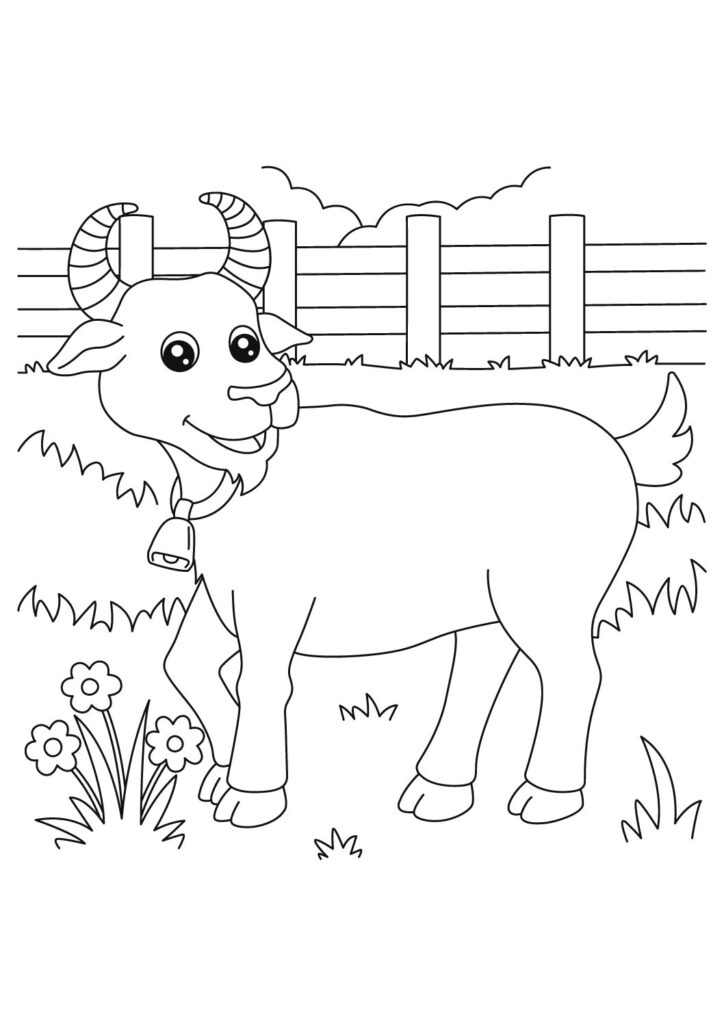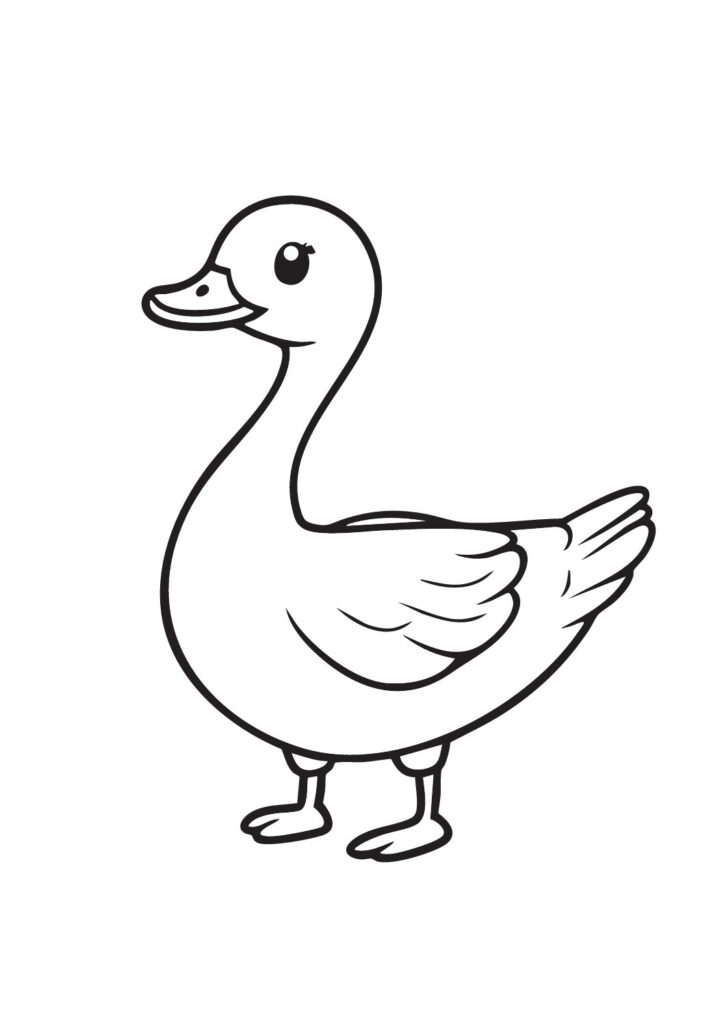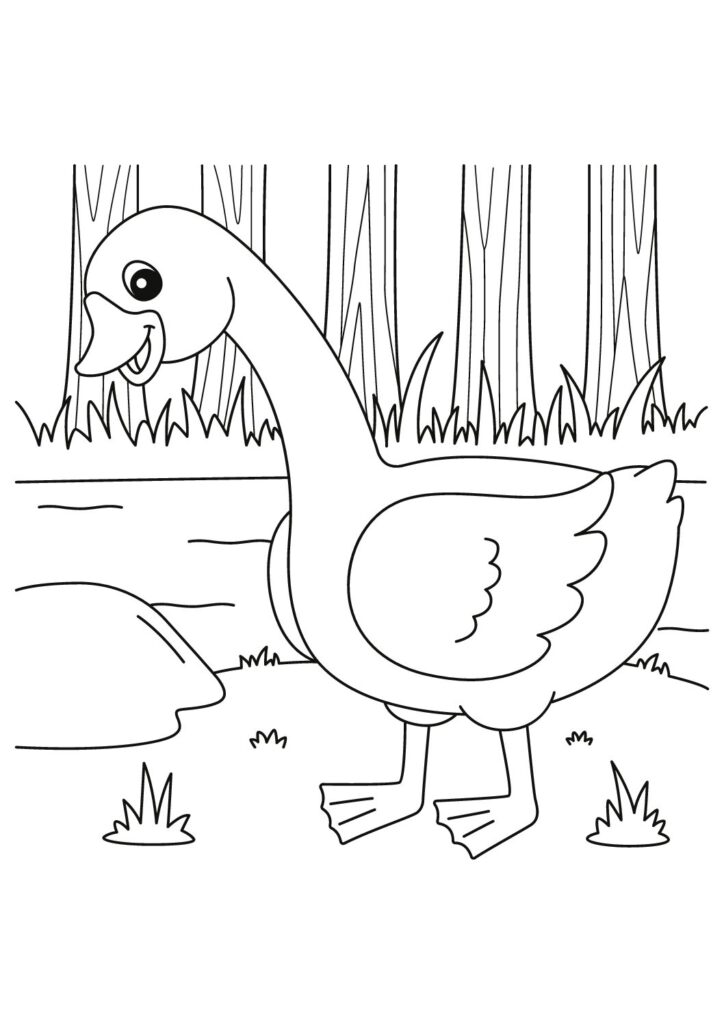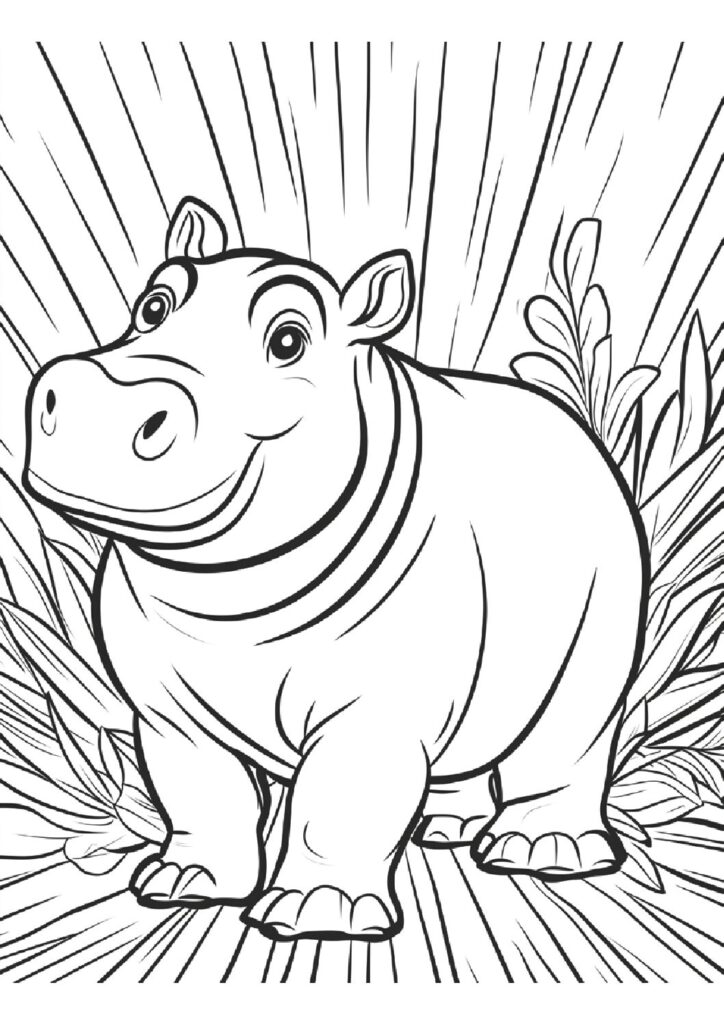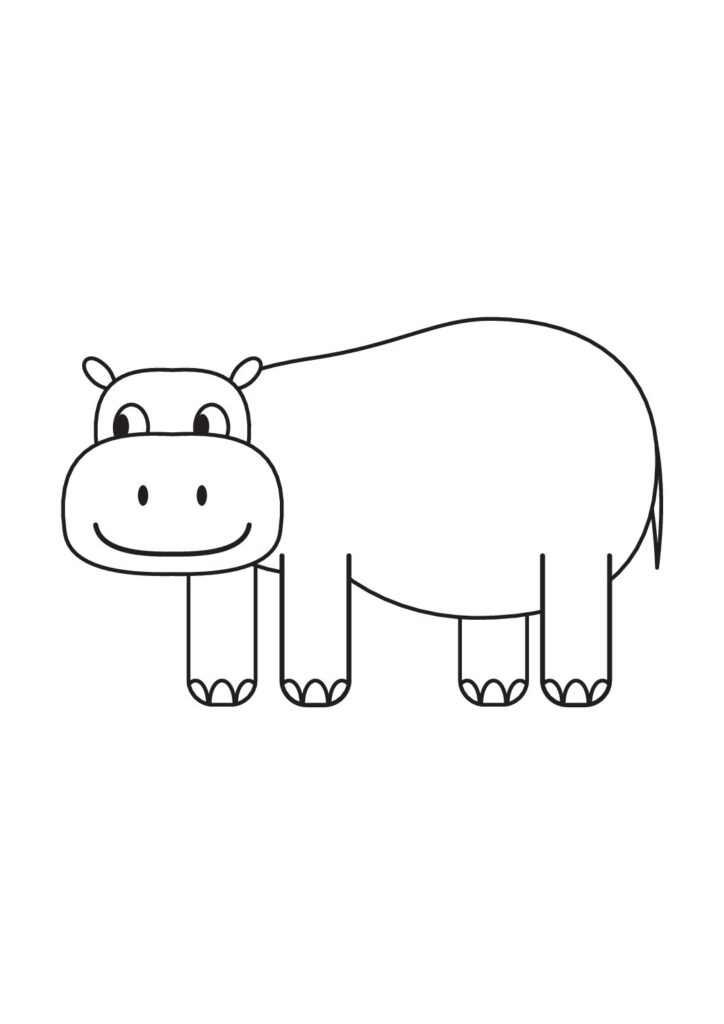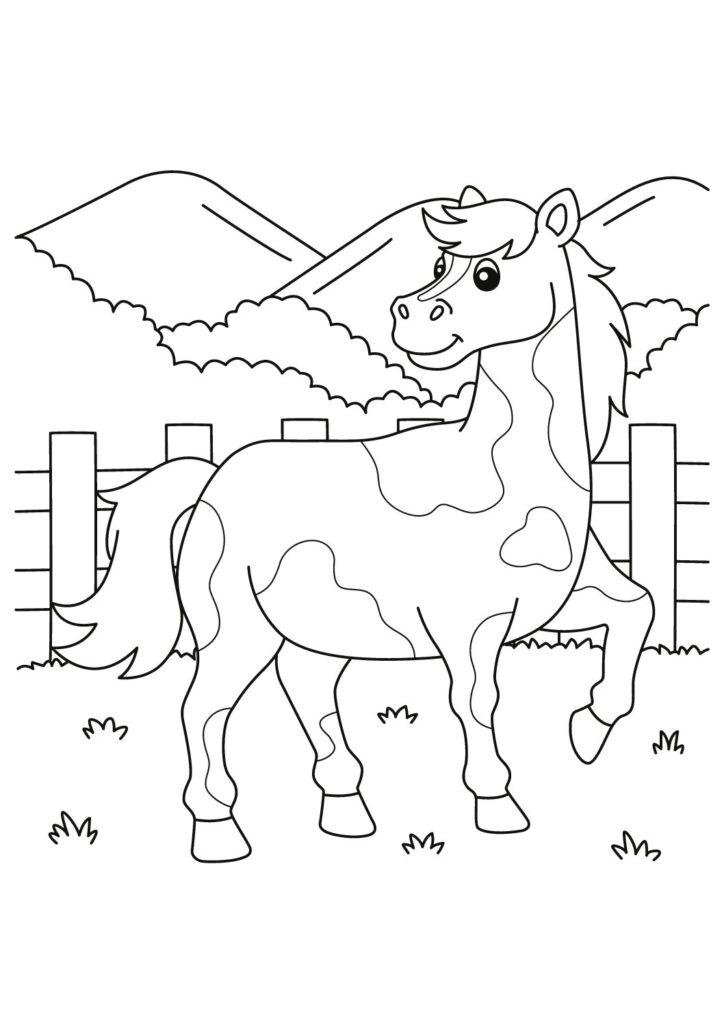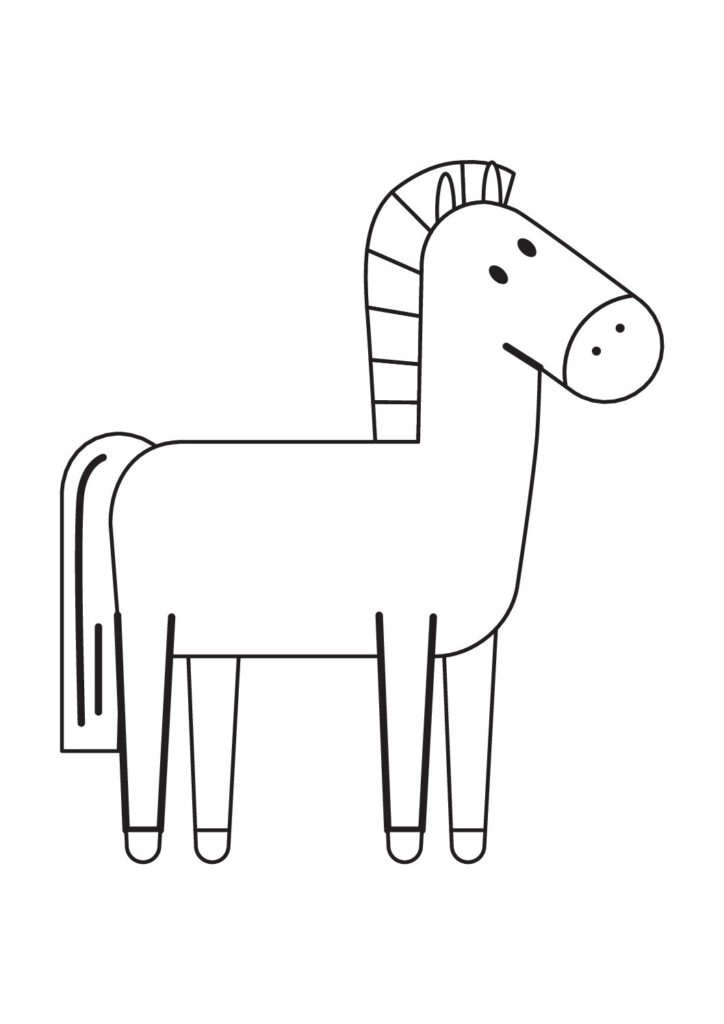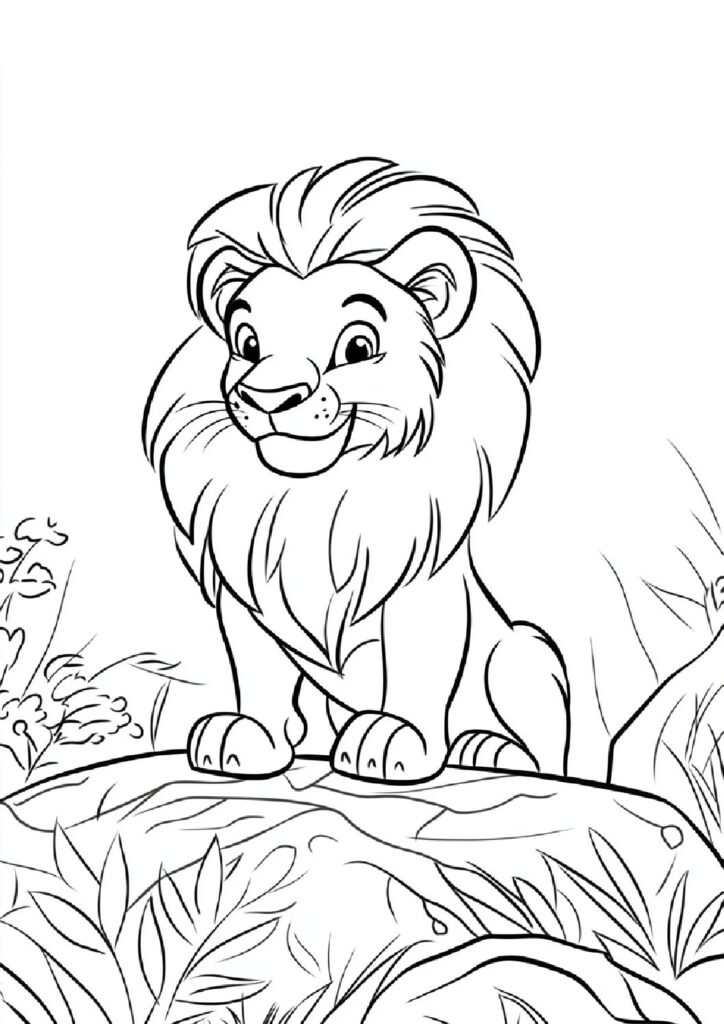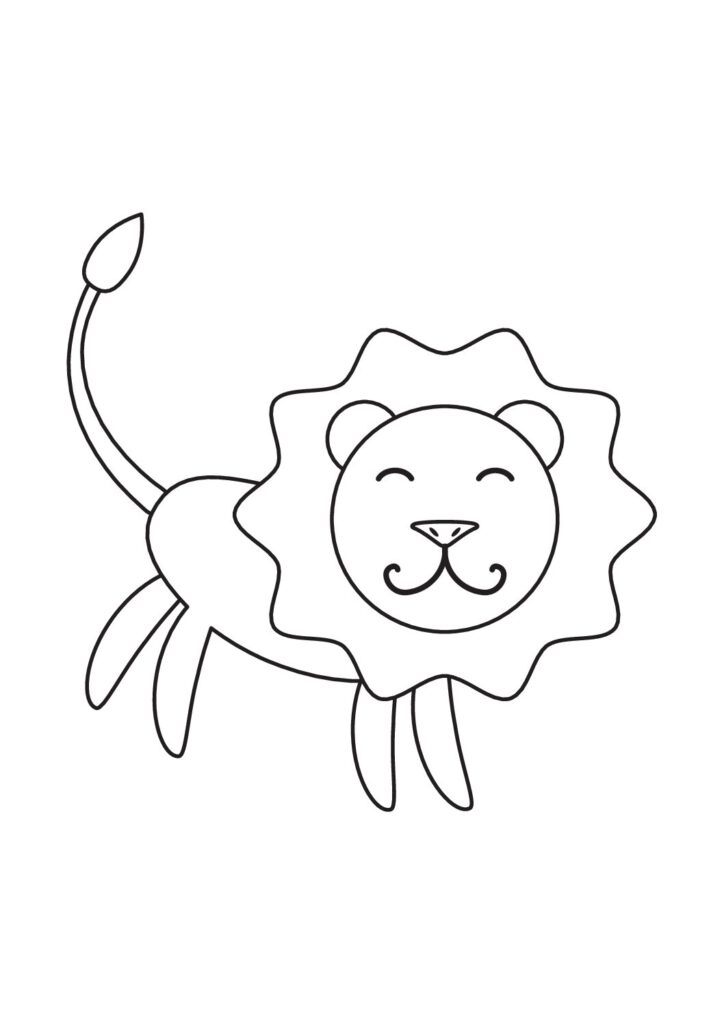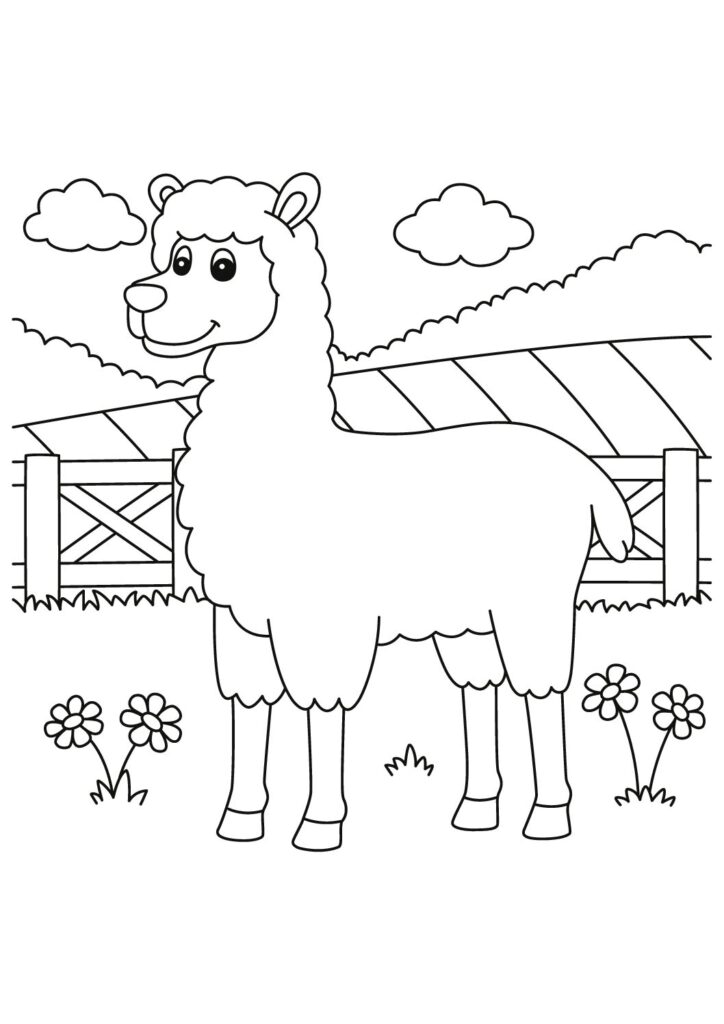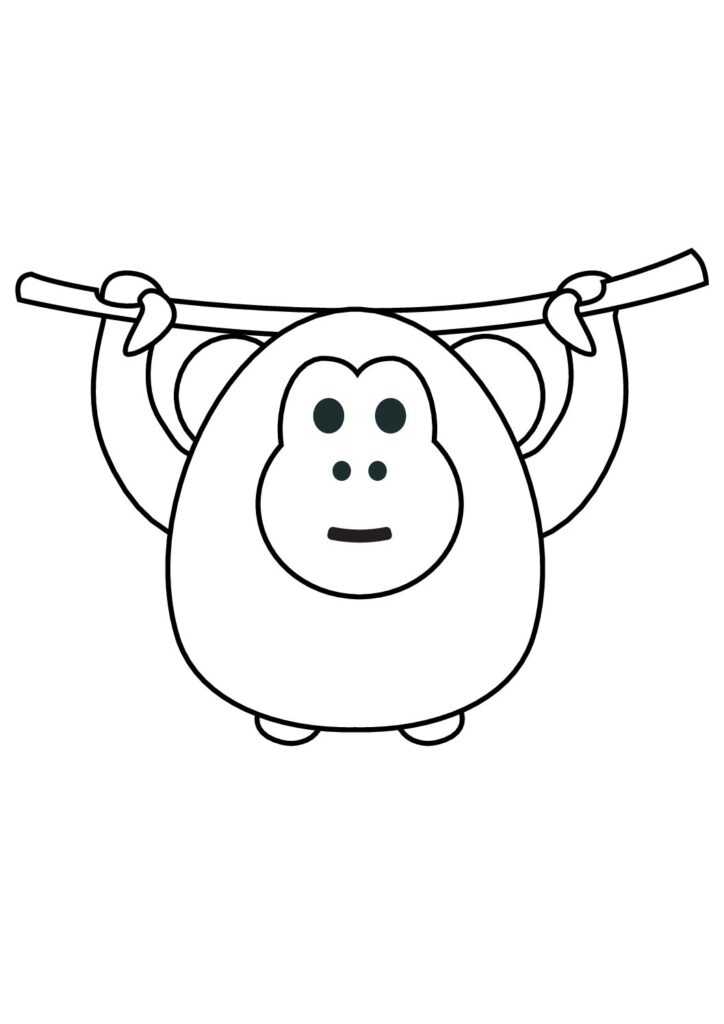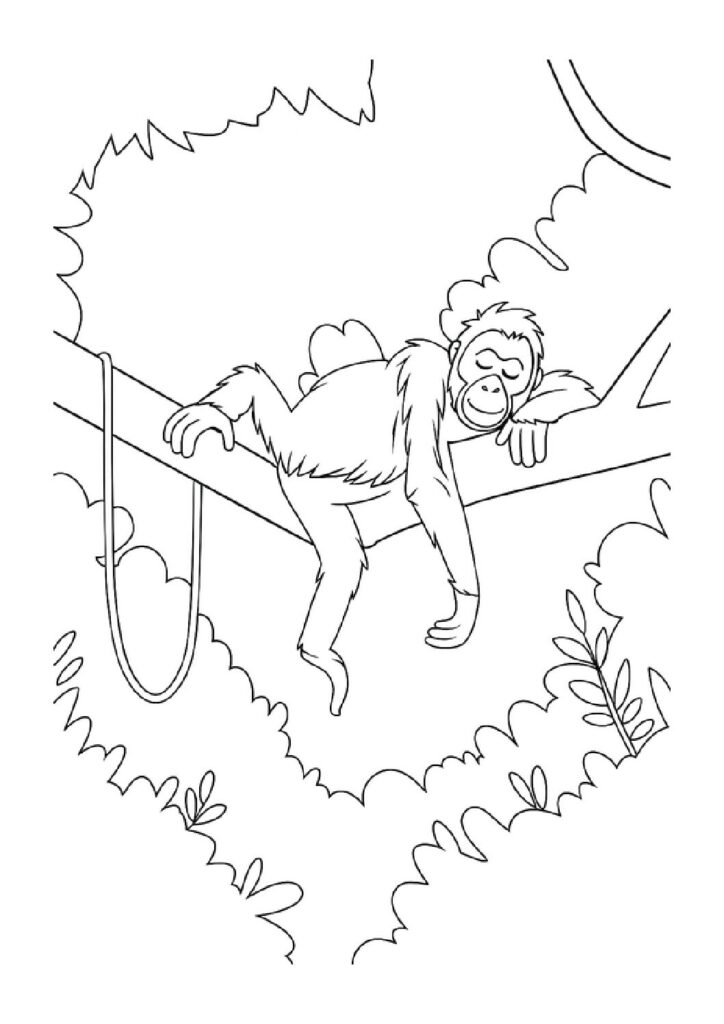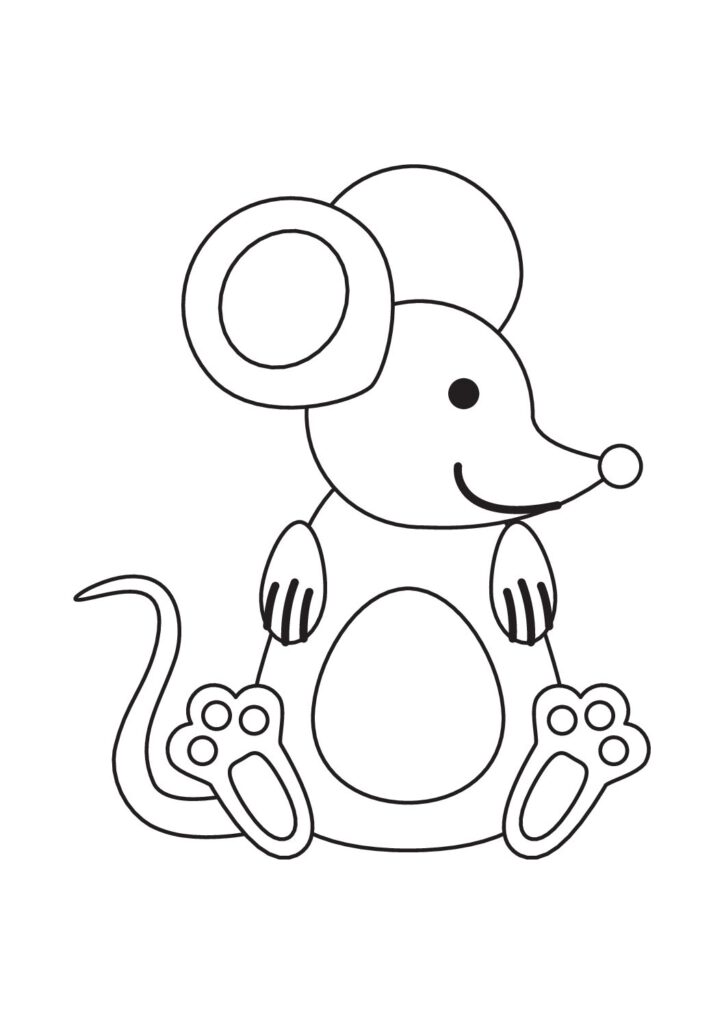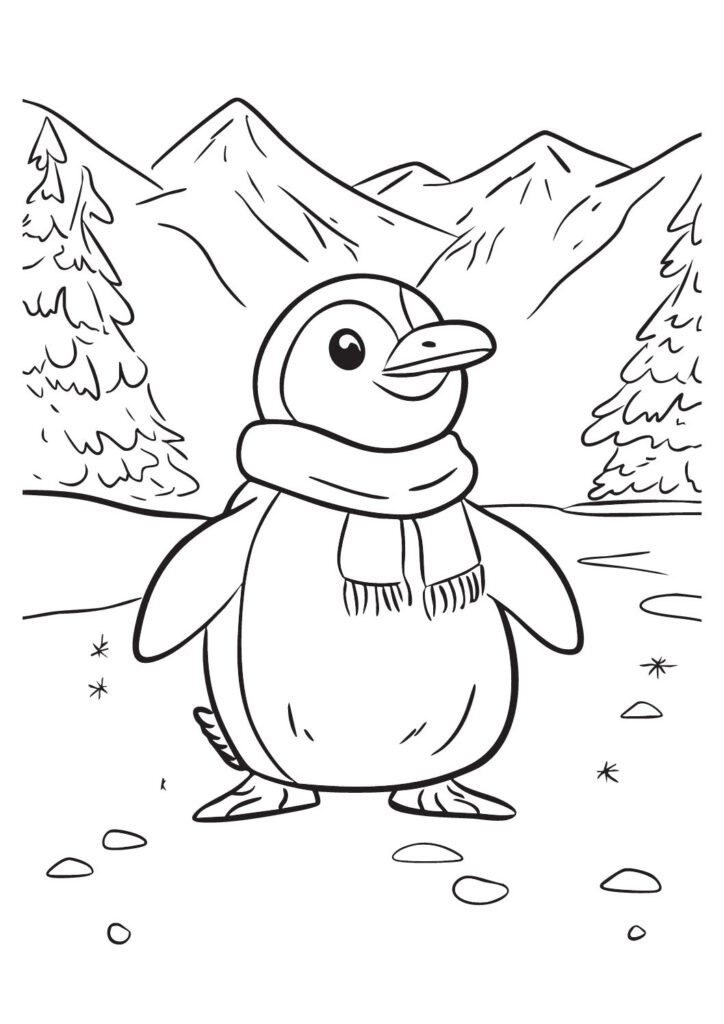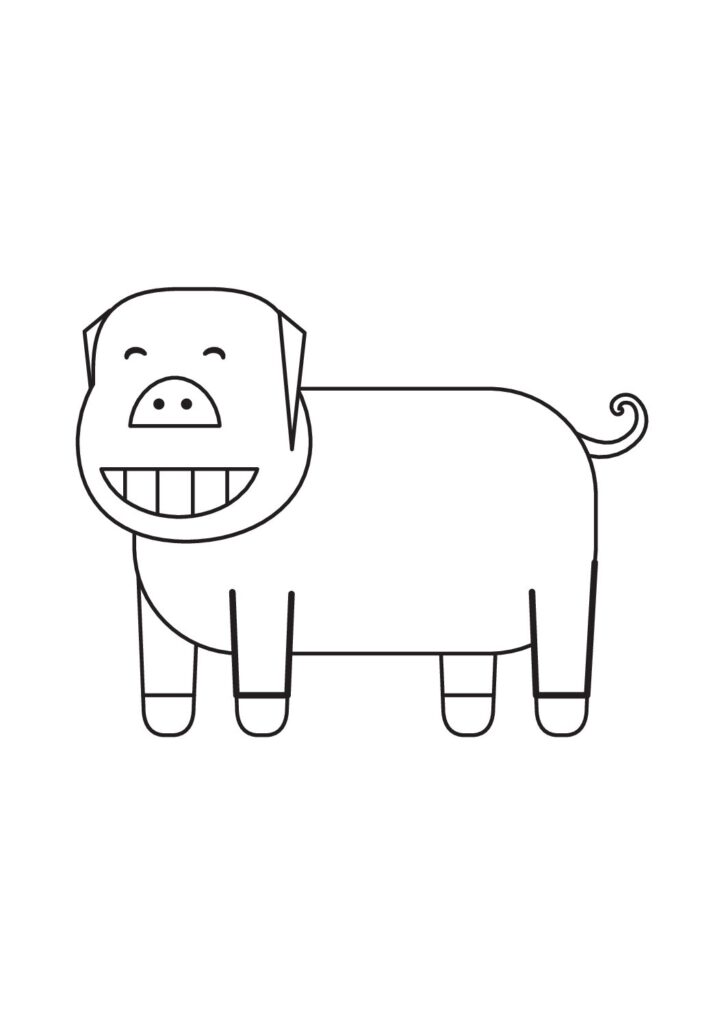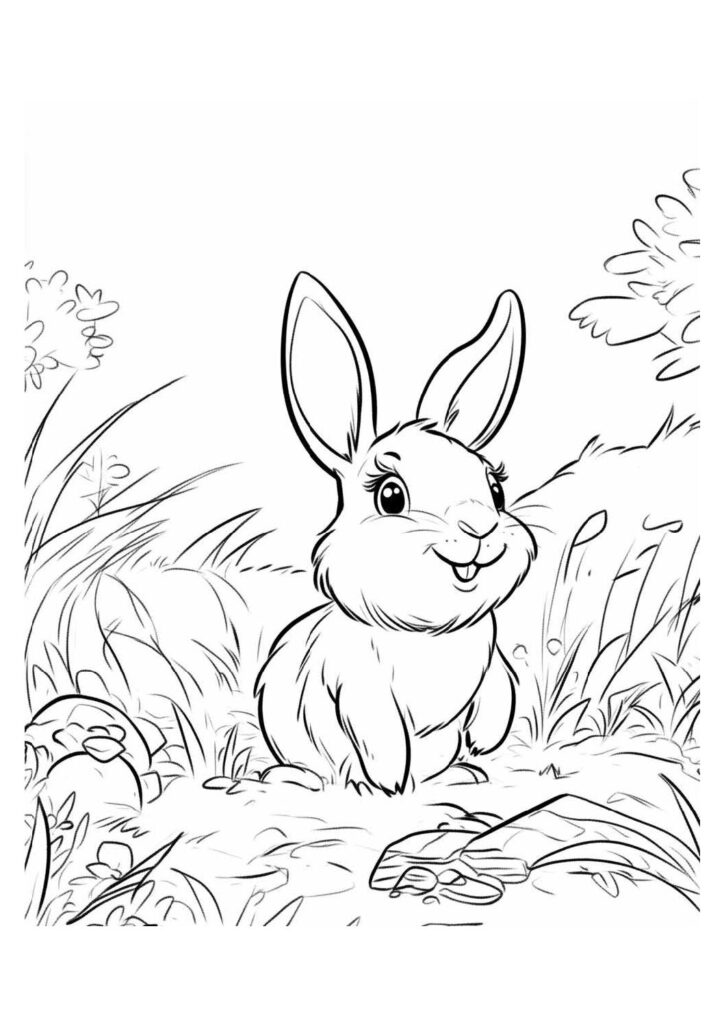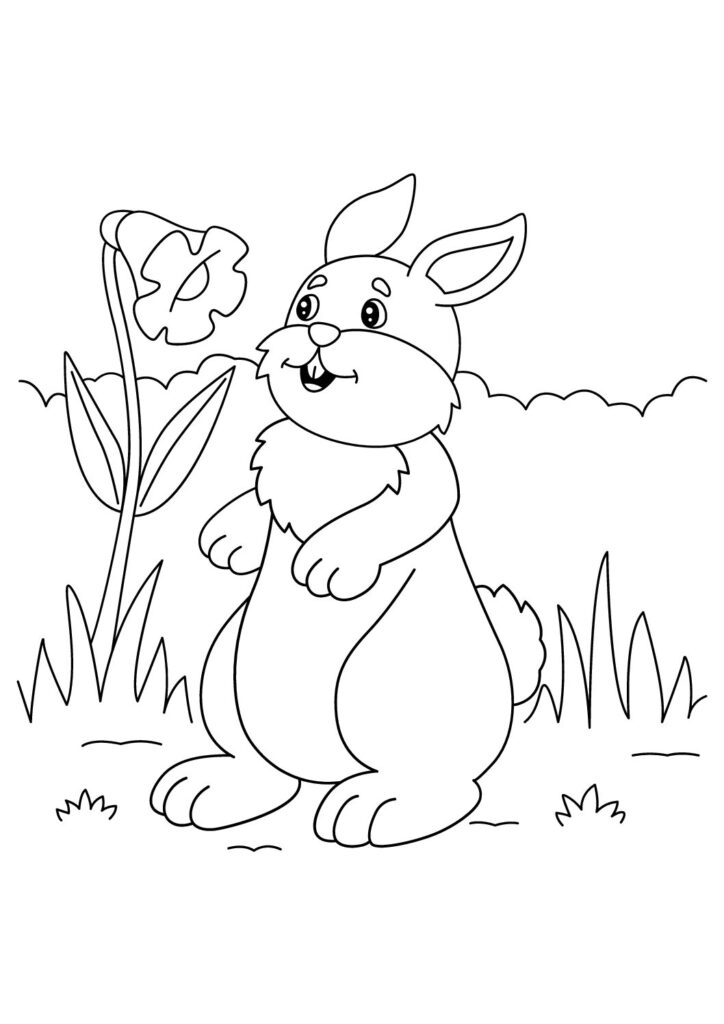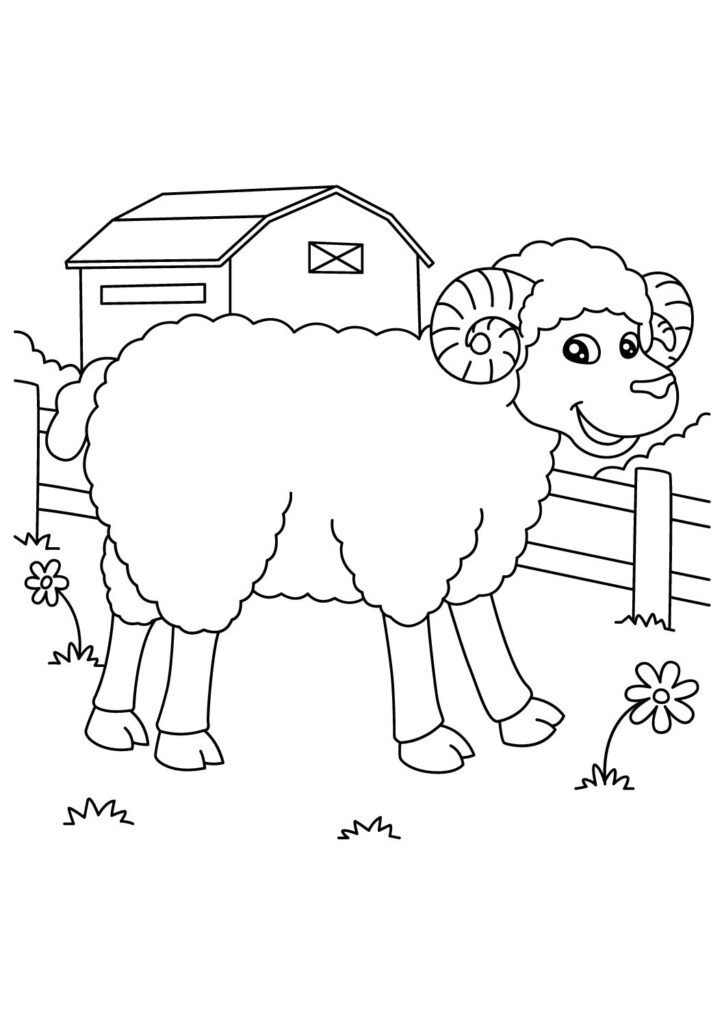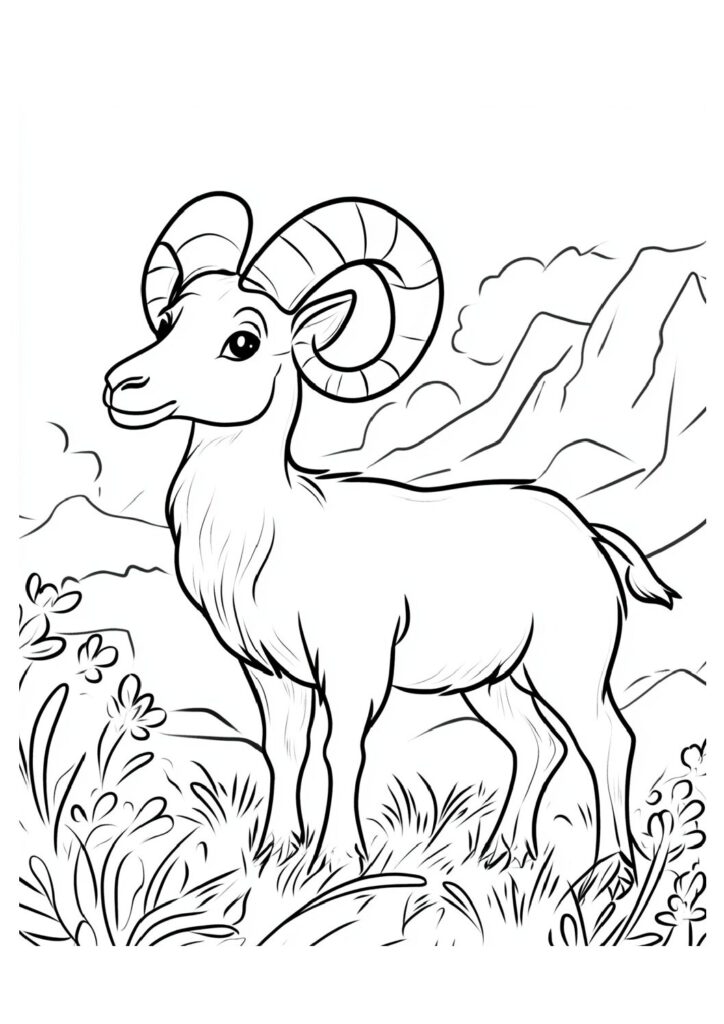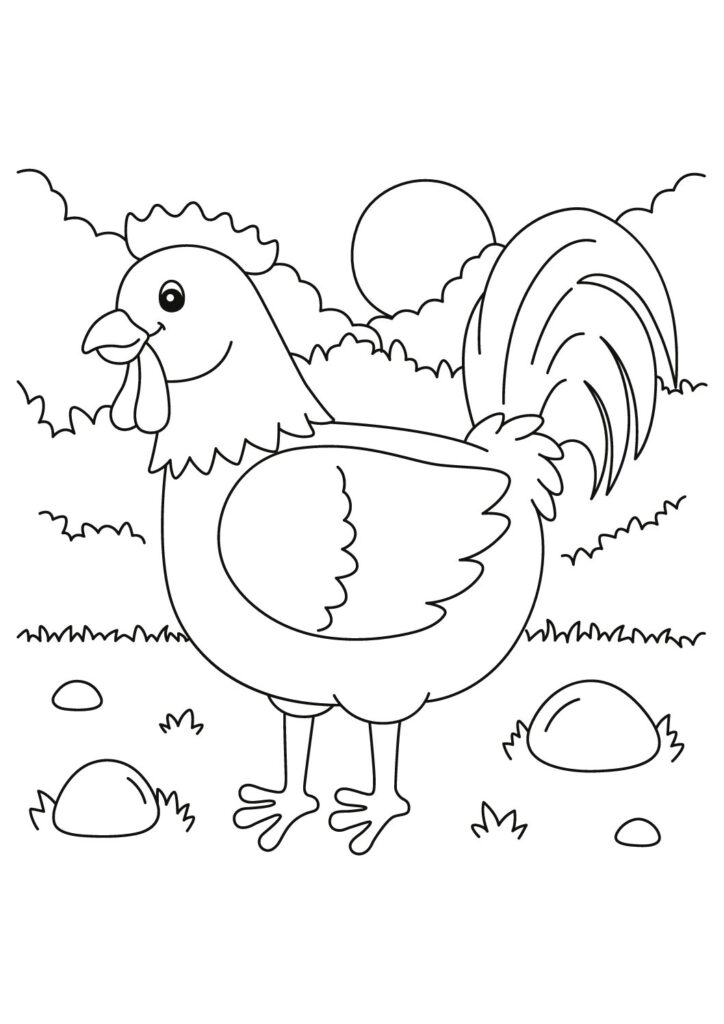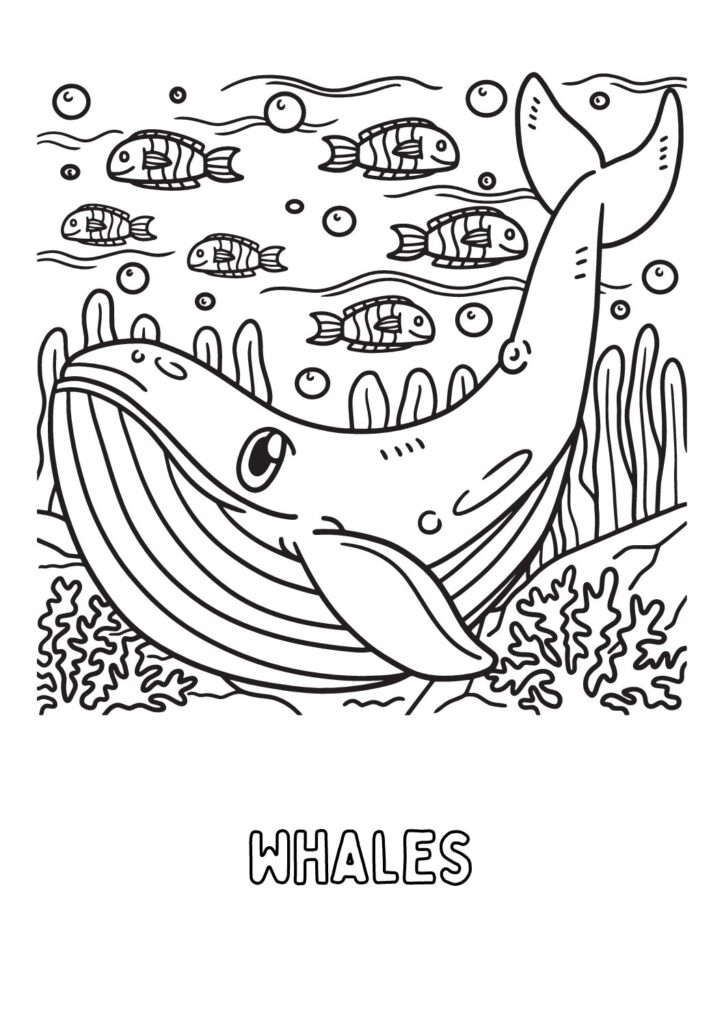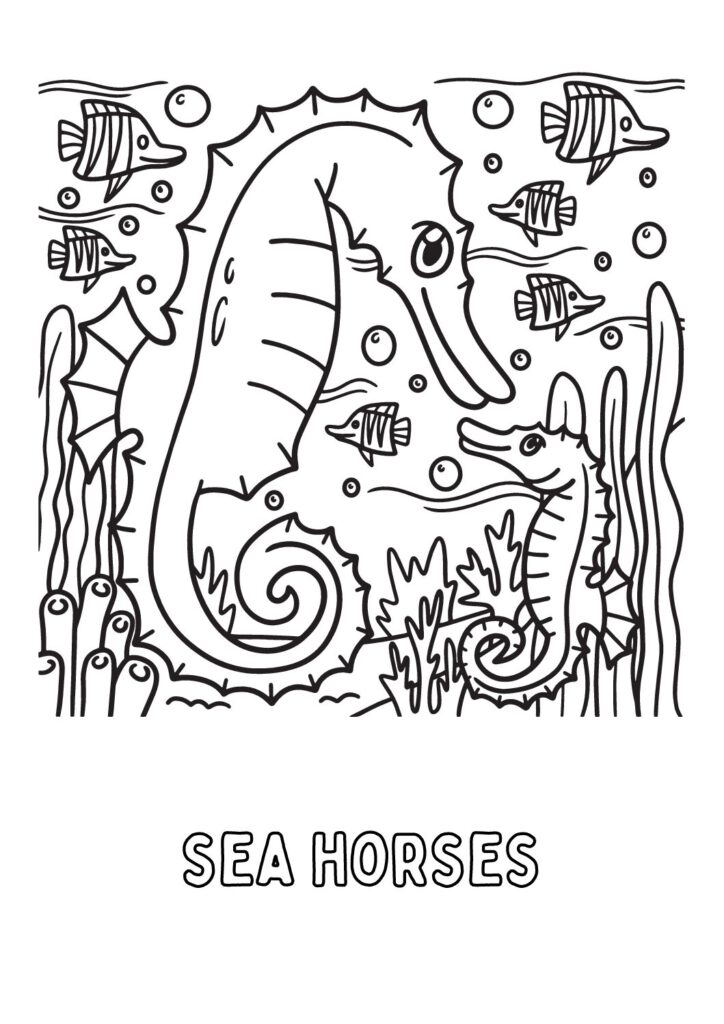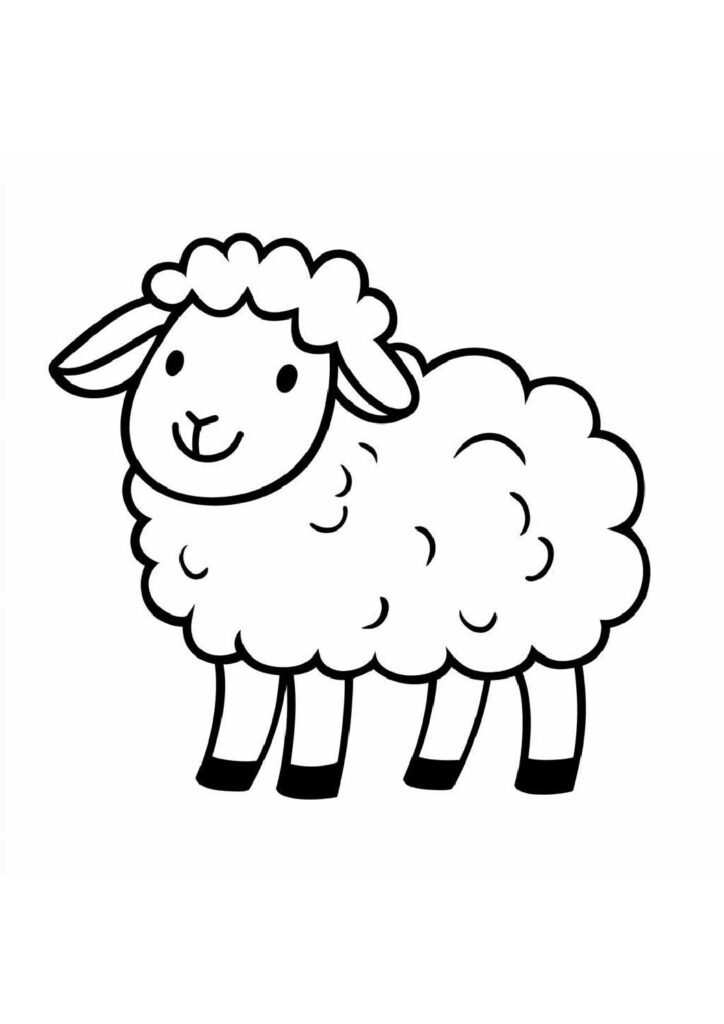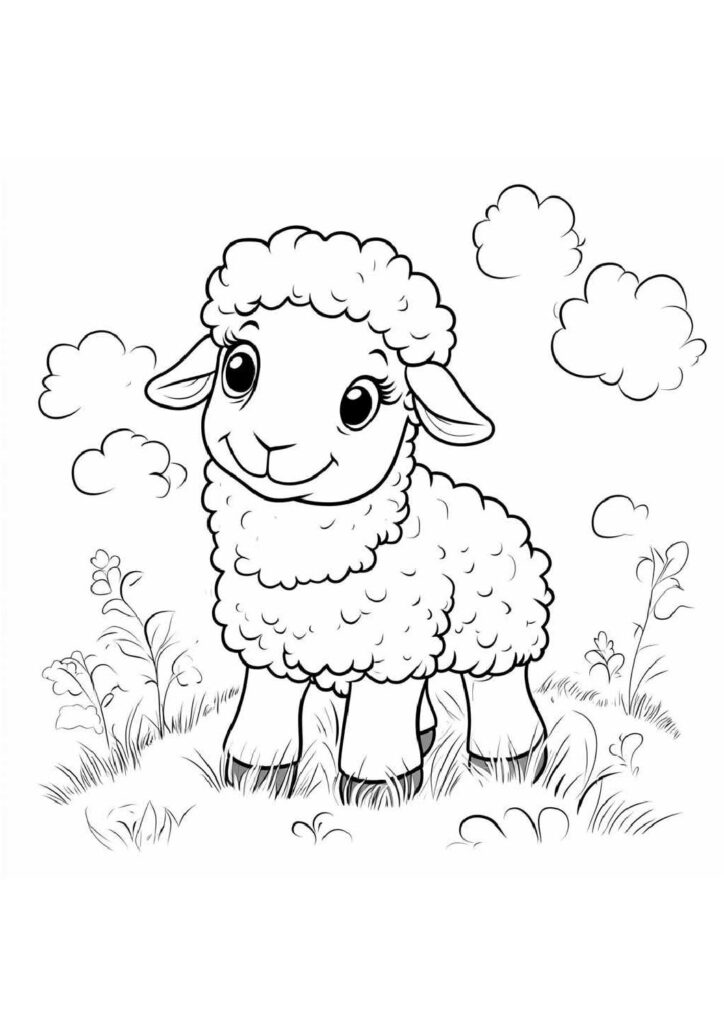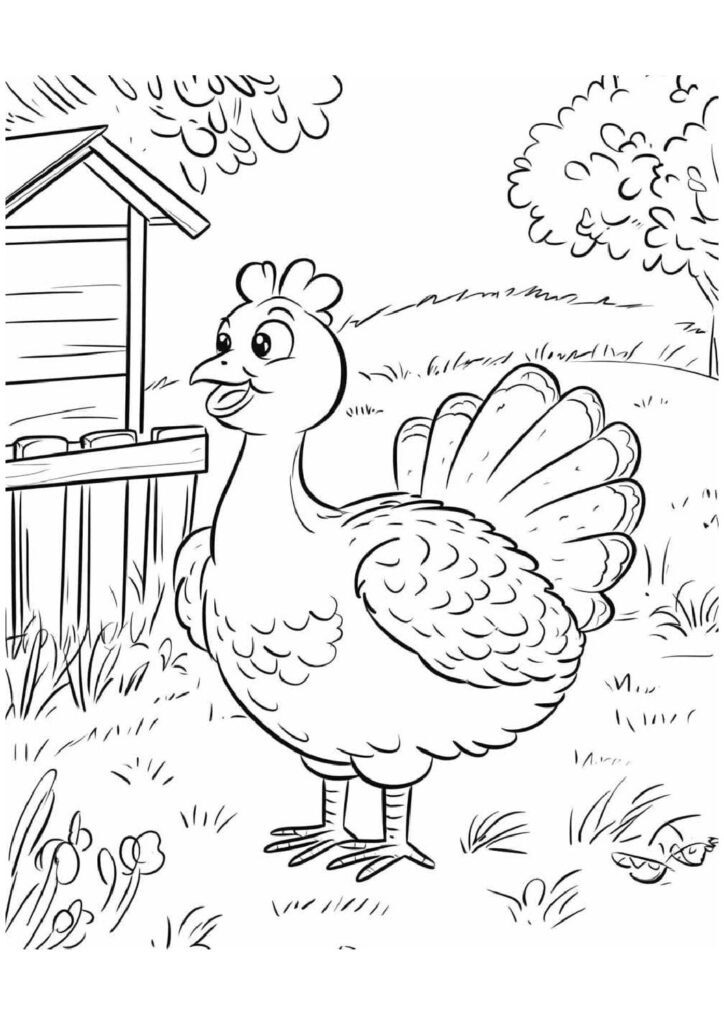9 Free Chick Coloring Pages for Download (Printable PDF)
Hop into our free printable collection of chick coloring pages featuring these adorable and fluffy baby birds in sweet poses! Download these high-quality sheets showcasing charming baby chickens, ducklings, and fuzzy farm chicks displaying their downy feathers and tiny beaks. Perfect for kids and farm animal enthusiasts, these detailed animal coloring pages capture the playful nature of these delightful creatures known for their cheerful peeps and wobbly first steps. Each printable sheet brings these precious little birds to life, highlighting their round bodies, tiny wings, and cute expressions!
Adorable Chick Facts: The Ultimate Guide to Baby Chickens
Introduction
Chicks represent the beginning stage of a chicken’s life cycle, emerging after 21 days of incubation with remarkable instincts and capabilities already present. These adorable balls of fluff have captivated human attention for thousands of years, since the domestication of jungle fowl in Southeast Asia approximately 8,000 years ago, making chickens our most numerous domesticated bird with a global population exceeding 25 billion.
Hatching Marvels
Baby chicks possess an egg tooth—a temporary horn-like structure on their upper beak that helps them crack through their shell during hatching. This remarkable process called “pipping” can take between 12-18 hours as the chick works its way around the shell’s circumference, using specialized hatching muscles that develop specifically for this purpose and atrophy shortly after birth.
Early Development
Newly hatched chicks can walk within hours of emerging from their shells, demonstrating remarkable precocial development compared to many other bird species. Their downy feathers dry quickly after hatching, transforming from wet and matted to fluffy and insulating within 2-3 hours, while their internal yolk sac provides critical nutrition for up to 72 hours, allowing them to survive briefly without external food.
Sensory Capabilities
Chicks develop remarkable sensory perception even before hatching, responding to sounds and light while still in the egg during the final days of incubation. Their color vision exceeds human capabilities in some aspects, particularly in the ultraviolet spectrum, enabling them to distinguish subtle differences in food items and recognize flock members through visual cues invisible to the human eye.
Social Intelligence
Baby chicks demonstrate impressive social learning, including the ability to count up to five and distinguish between larger and smaller quantities from their first day of life. They develop strong attachment behaviors through imprinting during a critical period in their first 24-48 hours, forming bonds with their mother hen or, in artificial settings, with the first moving object they encounter—including humans who raise them.
Growth and Development
Chicks grow at an astonishing rate, potentially increasing their weight by 25% daily during their first week of life when provided optimal nutrition. Their initial downy feathers begin transitioning to juvenile feathers around 7-14 days, with complete feathering occurring by 6-8 weeks of age, while breed differences become increasingly apparent during this period as distinctive combs, wattles, and plumage patterns emerge.
Care Requirements
Baby chicks require specific environmental conditions including ambient temperatures starting at 95°F (35°C) during their first week and decreasing approximately 5°F weekly until they’re fully feathered. Their nutrition needs are particularly specialized, requiring starter feed with 18-20% protein content to support rapid growth, while access to clean water, proper ventilation, and protection from drafts remain essential for their development.
